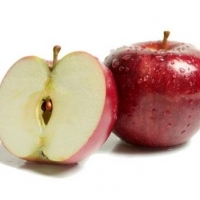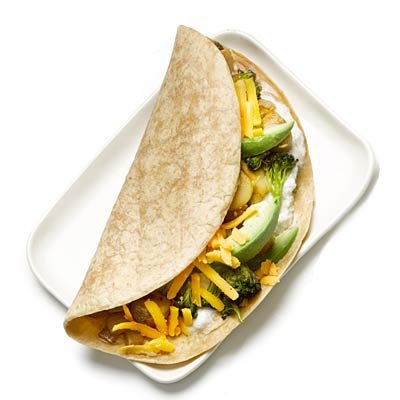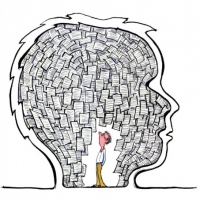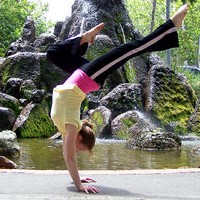Stretch It Out, Always
The three basic types of stretches-dynamic, static, and myofascial- all contribute to optimal muscle function.
1. Dynamic stretches require continuous, smooth movement of legs and arms without holding any one position. You can perform these stretches at any point in your workout, but they'll provide the most benefit if you work them in at the beginning or after a warm up.
Example: Hand Walks
Stand with arms at your sides and feet hip-width apart. Bend forward and place hands on the ground shoulder-width apart, keeping them close to your feet without bending your knees. Move hands forward one by one a few inches at a time until you have reached the plank position. Finish by performing the same movement with your feet, bringing them back toward your hands.
2. Static stretches involve holding a stretch position for fifteen to thirty seconds. Each position should stretch the muscle to capacity without causing pain. Holding the stretch aids muscle relaxation by allowing sensory receptors to send signals to the central nervous system indicating that the motion causing muscle contraction has ended.
Example: Walking Stretch
Stand with arms at sides and feet together. Take a step forward with your left foot while bringing your right foot up behind you and grabbing it with your right hand. Your body should remain upright and your right knee should point at the floor while your pull your calf forward with your right hand. Hold the stretch for fifteen to thirty seconds and then repeat on your left leg.
3. Myofascial stretches use body weight to apply pressure to different muscles by sliding body parts over a foam roller. By targeting the fascia membranes surrounding muscles, myofascial stretches produce less tension.
Example: Back Roll
Lie on the floor with fleet planted a foot away from your behind and a foam roller under your upper back. Lift hips and torso off the ground and rest your body weight on the roller. Your arms should be crossed with elbows pointing toward the ceiling so the roller touches your back muscles, but not the shoulder blades. Slowly slide along the roller until it hits the small of your back and then move back to the beginning position.
Related Articles
-
Get Into Better Shape And Better Health With A Proper Weight Loss Plan
If youve had trouble losing excess weight yourself, you already know h
-
A Good Diet Will Boost Your Mood and Increase Energy
Nutrition is generally a main factor concerning your feelings, emot
-
Best Weight Loss Secrets for Learning The Ideal Diet and Getting Fast Results!
Best Weight Loss Secrets for Learning The Ideal Diet and Getting Fast
-
Determine Yourself Success with a Weight Loss Plan
A proper diet is also essential. Look for weight loss programs that ca
-
Tips To Lose Your Stomach Fat
Tips to lose your stomach fat? The Truth About Abs is the number one s
-
Garcinia Green Tea Helps In Weight Loss
Garcinia Green Tea For Weight Loss The joined impact of Garcinia Camb
- DON'T MISS
- Caralluma Fimbriata - A New Natural Weight Loss Aid
- Beck Diet Solution Forum
- Vegetarian Weight Loss Diet
- The Fat Burning Furnace - Burn The Fat in 15 Minutes Per Day Guaranteed!
- Eat Stop Eat Free Ebook-Eat Stop Eat Review
- The Diet Solution Program Manual Torrent
- The South Beach Diet Danger And A Warning To All Dieters
- Easy Weight Loss Diets - Create a Diet Plan in 4 Steps
- Best Fad Diets
- Fat Burning Furnace - Do You Know These Diet Myths?




